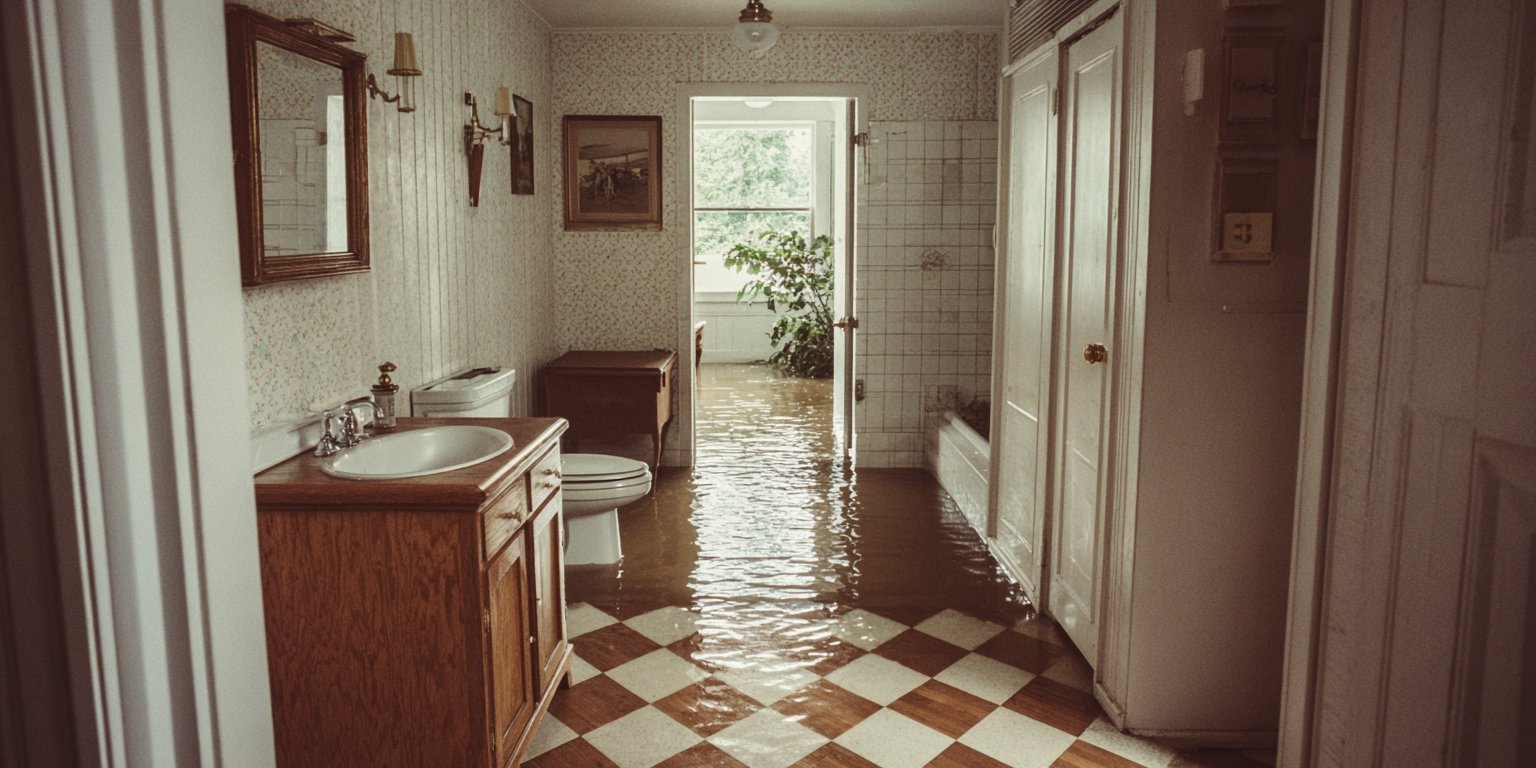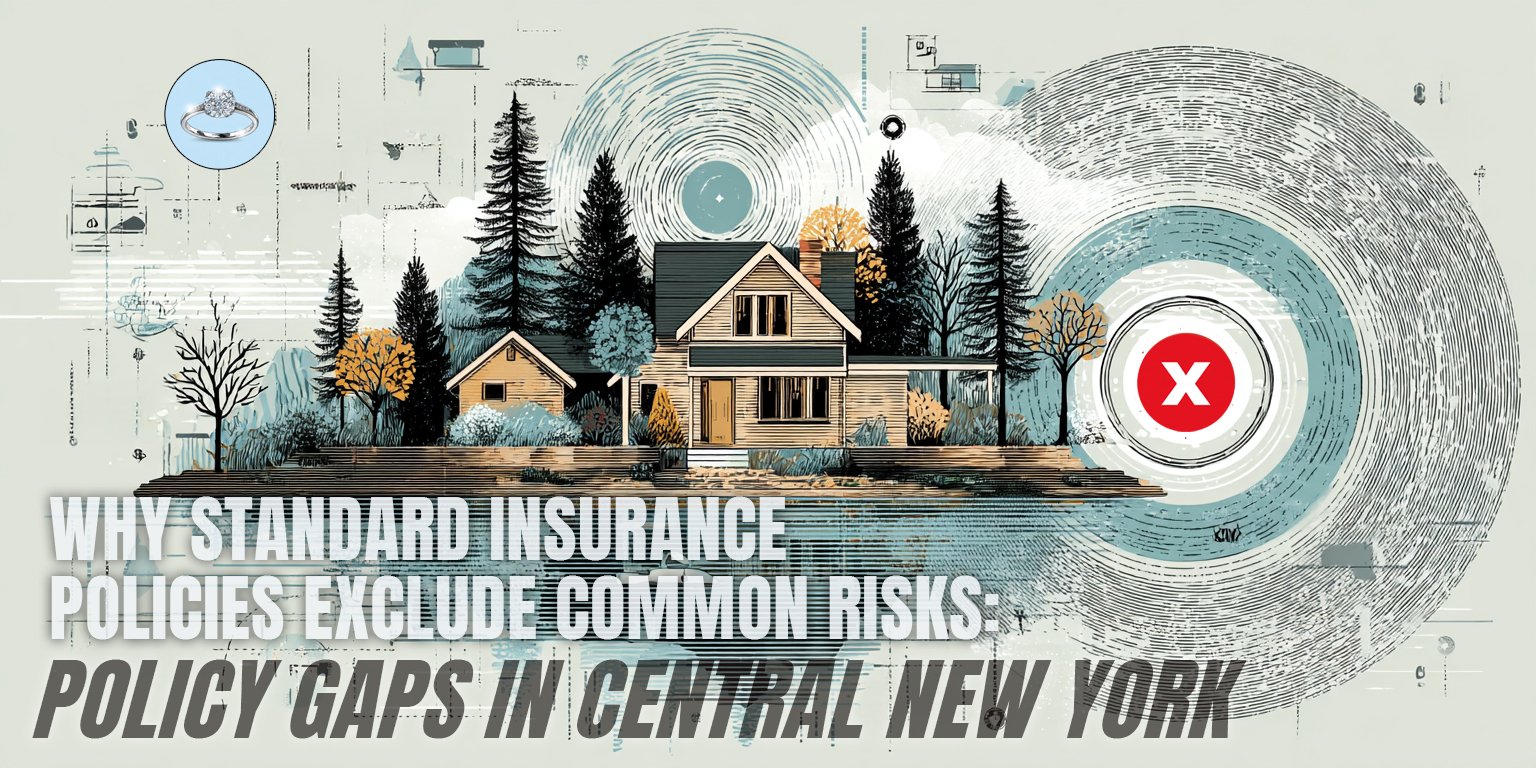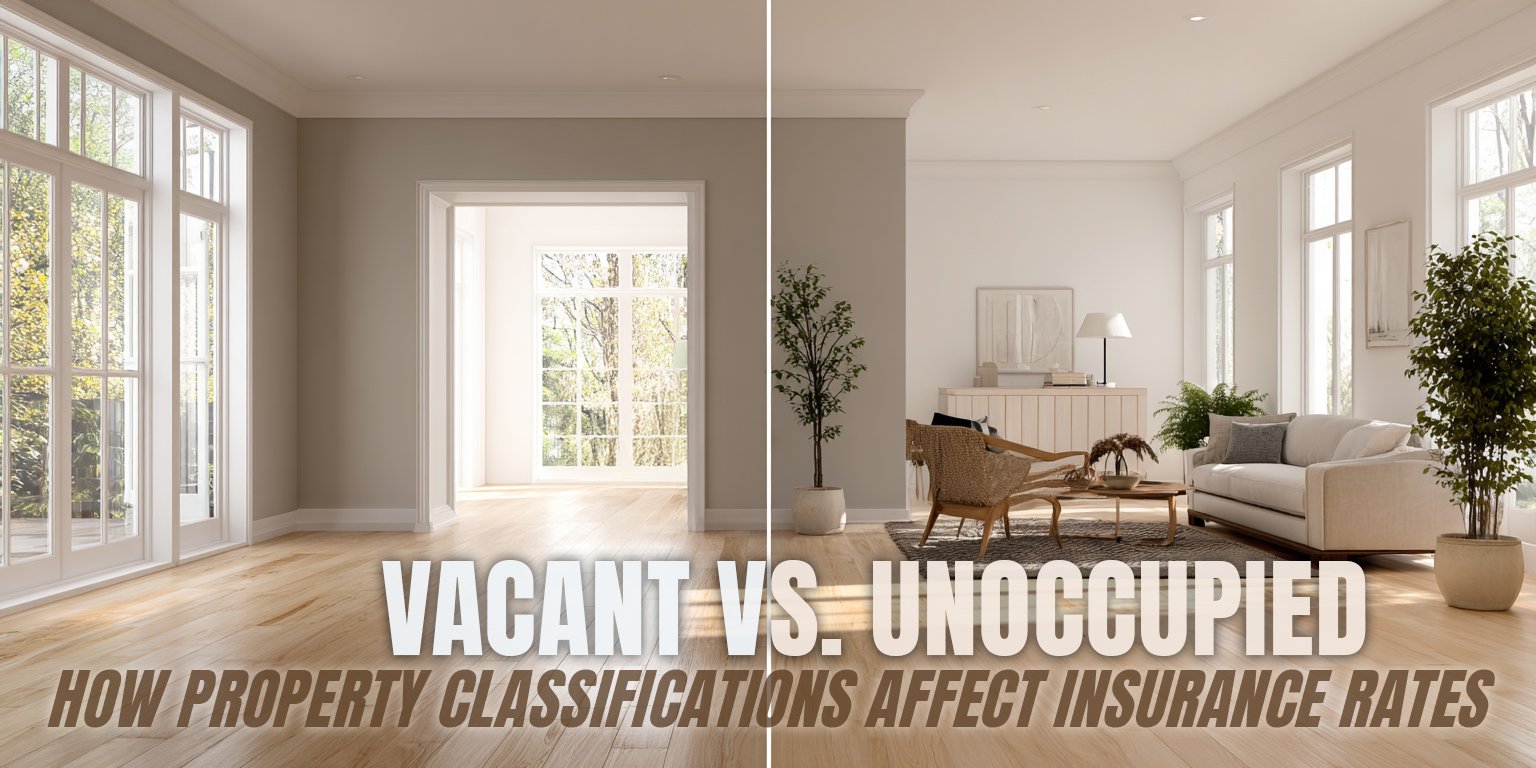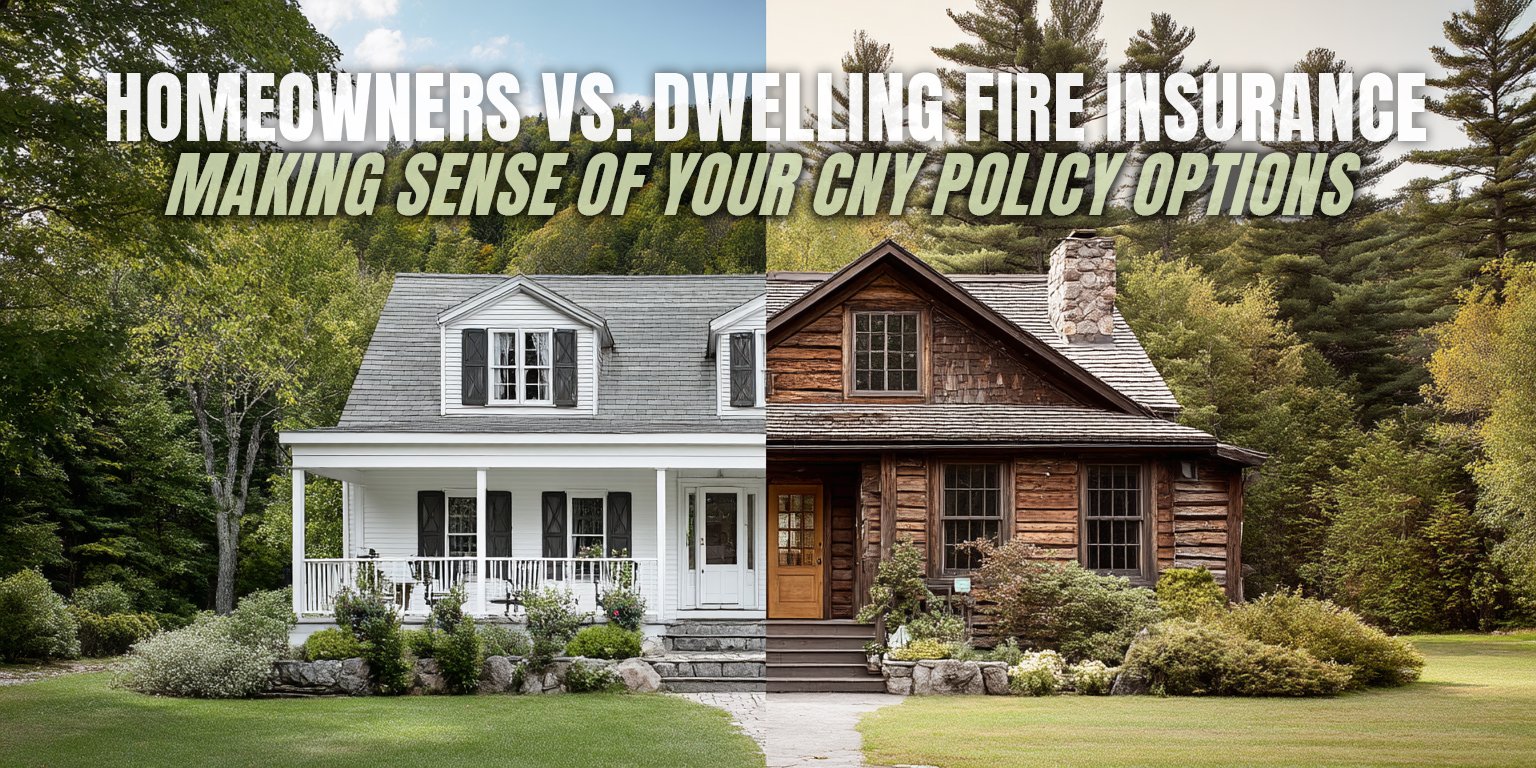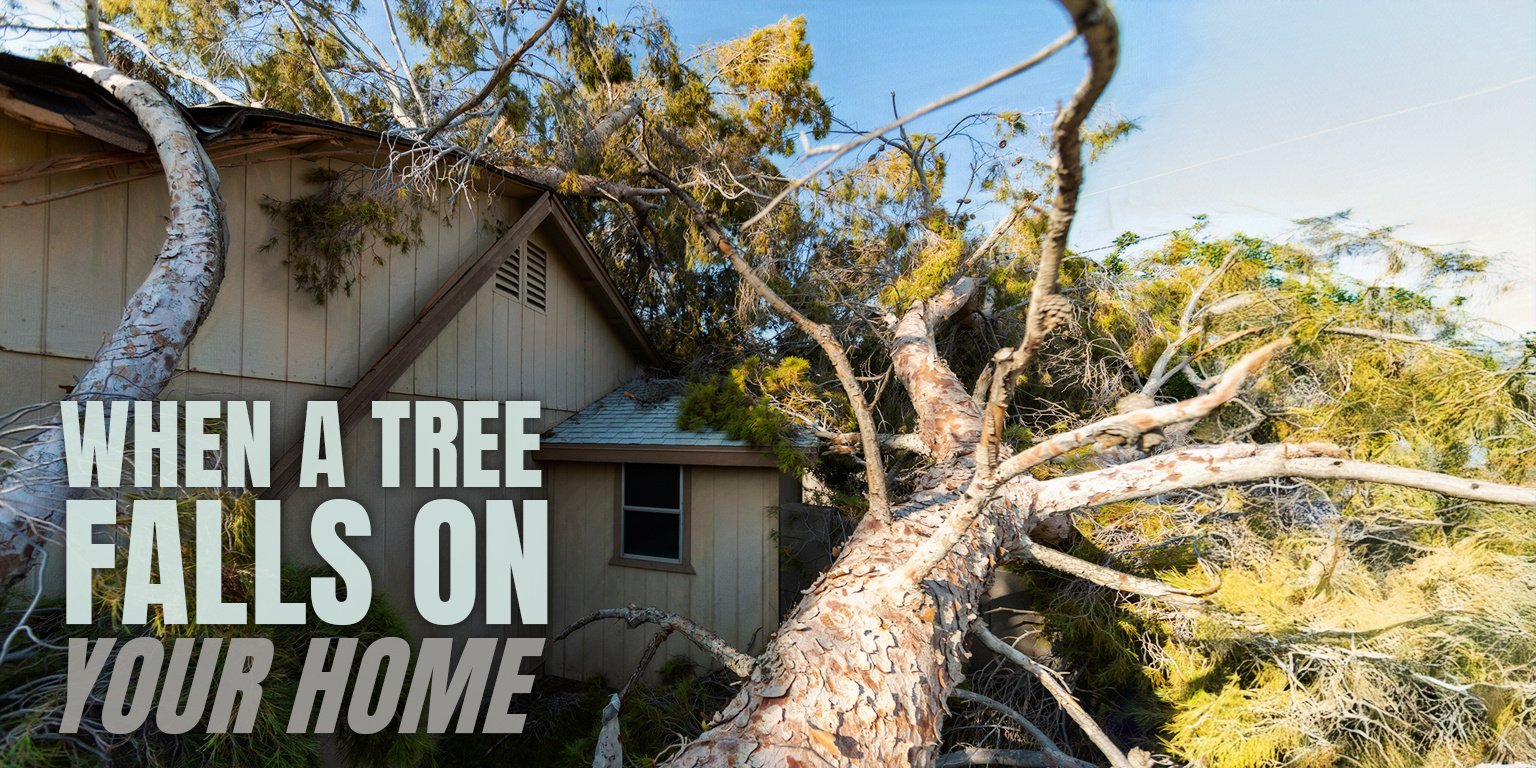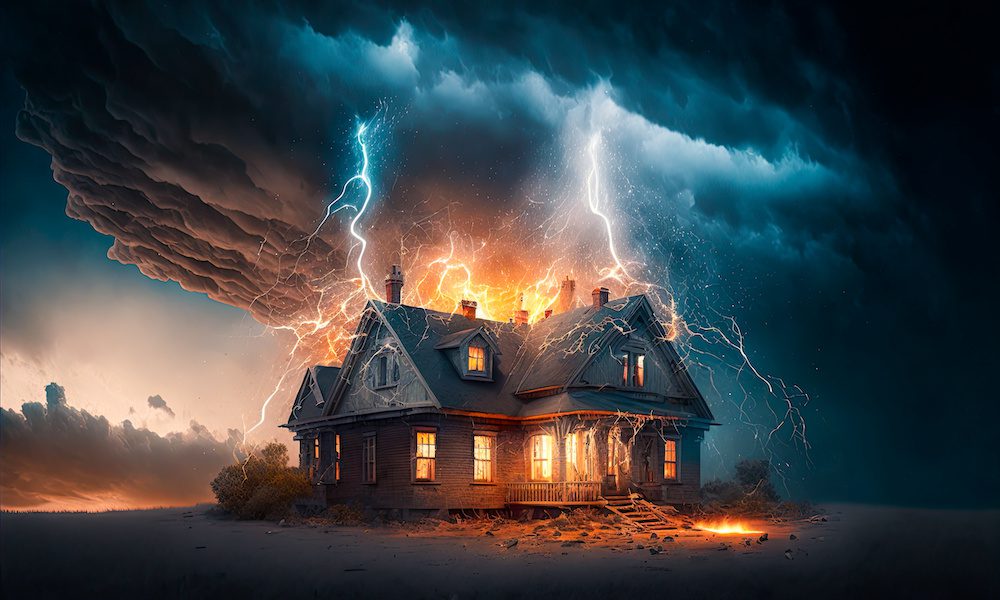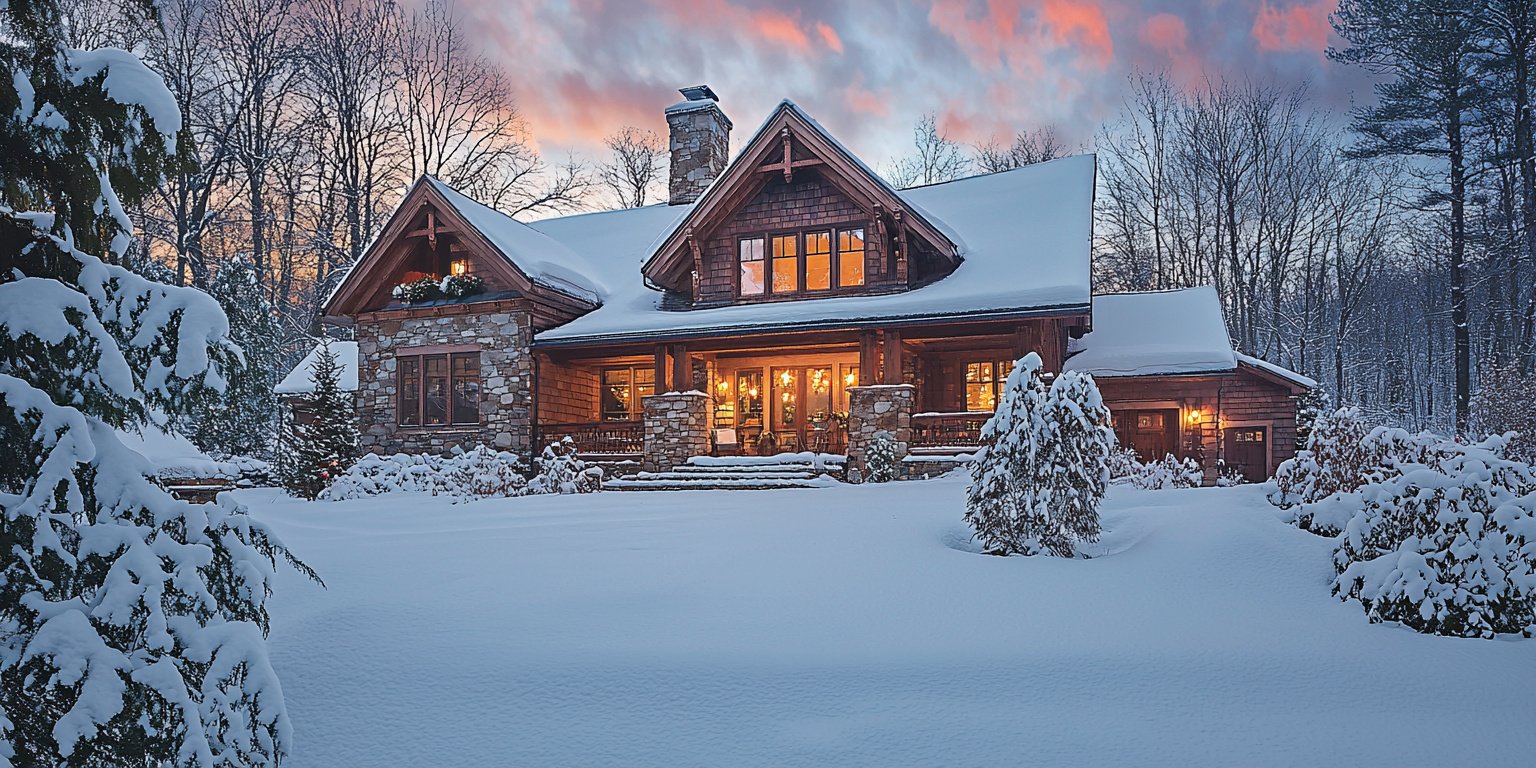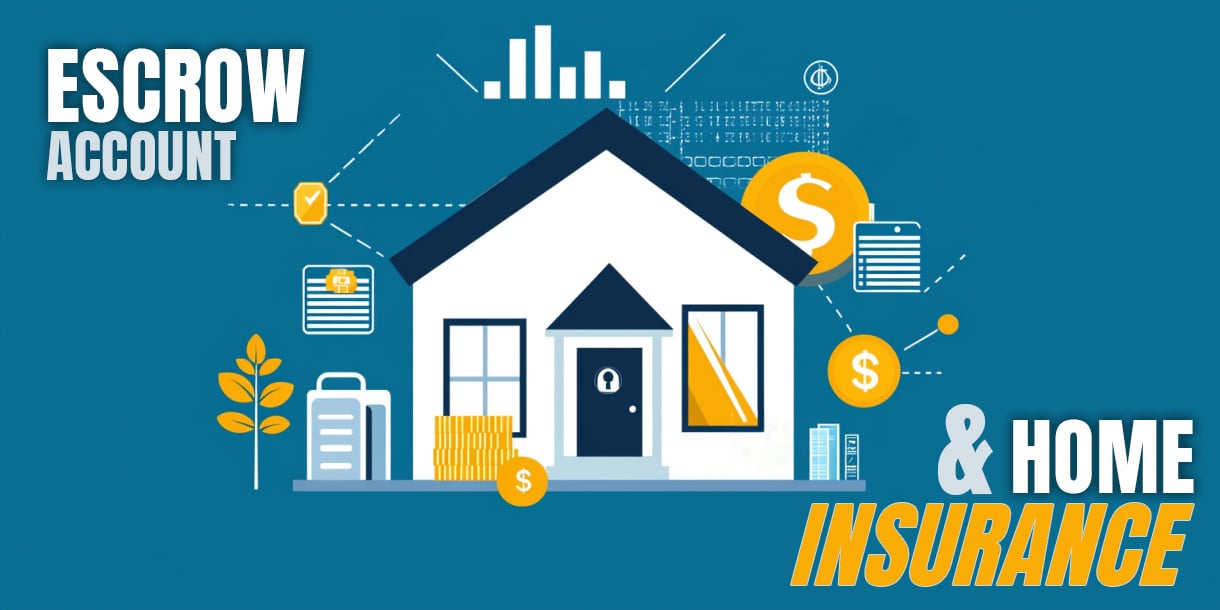Why is My Homeowners Coverage Higher Than the Home’s Value?
March 4th, 2024
5 min read
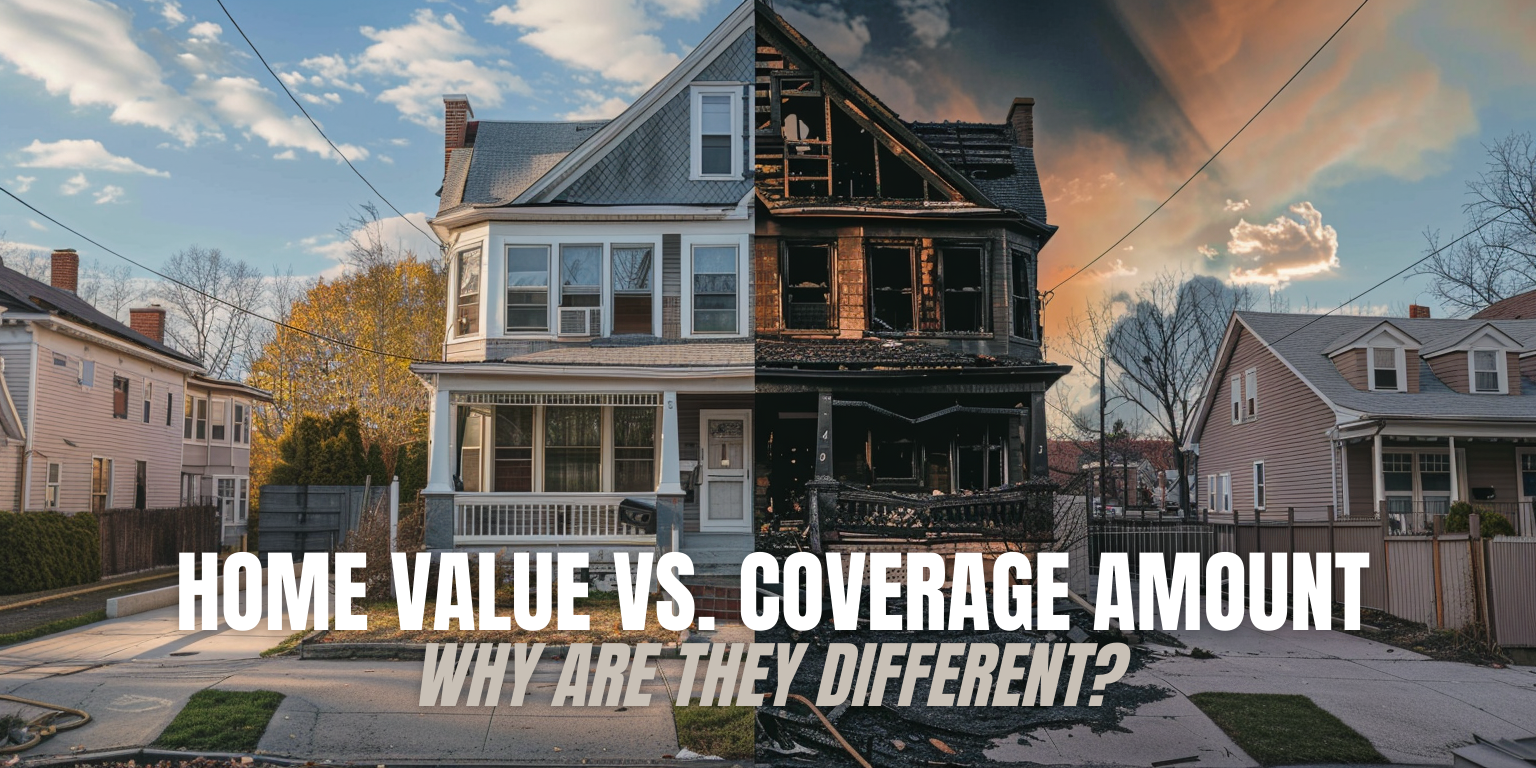
Ever wonder why your home insurance seems higher than your home’s value? It’s not just you. The truth is, rebuilding costs more than you think, and the gap between coverage and reality is wider than ever.
Here at Horan, we understand the stress and confusion this can cause. We’ve been tailoring home policies for Central New Yorkers since 2009. And we’re committed to helping you navigate the complexities of home insurance and ensure you’re truly protected in case of the unexpected.
This article will delve into the hidden costs of rebuilding, the dangers of underinsurance, and how inflation plays a role in the ever-growing gap. We’ll also explore the disconnect between assessed, resale, and insurance values, and why your current policy might not be enough.
Why Rebuilding Your House Costs More Than You Think
You may wonder why your homeowners coverage is higher than your home’s value. This gap was bigger in the past. But it has narrowed down a bit with changes in the housing market and inflation. Still, the gap exists because a house has many costs and expenses to rebuild.
These include the rehabilitation costs from the start of the claim. To understand this better, we need to look at the worst-case scenario: a total loss. Partial losses won’t be our focus here since they don’t affect the whole cost and value of the house.
Many people don’t know this, but the APCIA’s Harris Poll found that 70 percent of homes are underinsured. That means most houses are not covered for the right amount. This affects the value you have left to rebuild.
This leaves many with no choice but to rebuild a smaller house after a total loss.

The Hidden Costs of Managing a Total Loss Claim
Let’s say you have a $300,000 house. That’s the replacement value. The house is 1500 square feet. It will cost $300,000 to rebuild. But that includes the cost of managing the claim from the start.
Suppose you had a big fire. They don’t demolish the house and clear the debris right away. No, you have an environmental survey first. They check if anything toxic burned in the fire. That costs money.
Maybe the house is not completely down, but a burned shell. It’s destroyed, but still standing. That makes for a very dangerous interior, so they have to board it up to secure it. They don’t want kids or curious people to enter. That costs money too.
If anyone died in the house, they have to investigate that as well as the loss in general. All that costs money. It comes out of the cost to rebuild the house. Those are minor costs compared to others.
Tear Down Costs
Then you have the cost to tear down the rest of the structure. Even if the house burned down to the ground, some things don’t burn. Metal, iron, concrete, etc. You may see a house with severe fire damage. Everything is gone, except the steps to the front door. They’re still there and standing. Workers have to remove them, along with all the debris from the fire.
There is debris removal coverage in a policy, but it’s usually 5 percent of the dwelling amount. That’s not enough. A $300,000 house will cost more than $15,000 to clear and prepare for building. That comes out of the replacement cost.
Three Home Values to Consider
Another major problem is the disconnect between three home values.
- The assessed value is the taxable value for the house.
- The resale value is what the real estate market pays for the house.
- The insurance value is what it costs to rebuild the house.
The homeowners coverage is usually higher than the assessed and resale values. That’s because it costs a lot to find the labor and materials, secure, prepare, and build the house from scratch.
The cost to rebuild is often more than the resale value. As stated, the gap between them has narrowed in the last few years, but a gap still exists. The market value has not gone past the replacement value, but it’s getting closer. There is still a difference between the two.
The Inflation Effect on Your Home’s Value
Another thing to consider is your current carrier. If you’ve been with them for a long time, they can only increase the replacement value of your home by a certain amount. There is usually an inflation guard in a policy. It means the carrier can raise the value every year at renewal.
They do this to match the cost of inflation. The cost of labor and materials goes up over time. They want to make sure you’re not underinsured if you have a big claim later. But they have a limit on how much they can increase the value. This has caused a slight problem in the last few years.
If you shop the policy again, you’ll see a big difference in the replacement value. It will be much higher than what you’re insured for now. That’s because the policy has to catch up with the missing inflation. It has to value your home as it is right now.
The Risks of Having an Outdated Home Insurance Policy
When it comes to home policies, the valuation is based on the current situation. You may be shocked to see that your new coverage is $300,000 but the replacement value is $365,000. Why such a big gap? The reason is that you started your policy eight years ago before things got crazy.
Maybe you were insured enough then. But the inflation has been faster than the policy updates. And now we have to catch up because we’re starting from scratch. If your policy could adjust to the present, it would match the replacement value. But you have what you have. And being underinsured is not the carrier’s fault.
So if you’re underinsured at $300,000 and the replacement value is $365,000, that doesn’t mean they have to keep building until your house is back to what it was before the loss. They’ll stop at some point. They’ll design something and everyone will agree on what will go into it: labor, material, etc.
It may mean that the house will be inferior. Maybe you won’t get the finished basement or kitchen and bathroom materials of an equal grade because there’s not enough money in the insurance to cover it. That’s mostly why the replacement value is higher than the coverage.
It used to be different. Sometimes the inflation was lower than the value. So every 7 or 8 years you would requote it and lower the number.
A while back, an agent might say to a policyholder in Camillus: “Listen, you’re insured at $388,000 now but that’s too high. It may come back closer to $375,000.”
And that person would understand. No big deal. But now it’s almost always the opposite.
You’re insured at $346,000, and you got the policy a year ago. But there’s a good chance that the replacement value is closer to $355,000 now because it’s increasing so much. The cost to rebuild is very high.
As we’ve demonstrated, that’s a big factor.
We Can Tailor a Home Policy That’s Right for You
Imagine settling into your newly rebuilt home, a perfect replica of the one you lost. The warmth of normalcy washes over you, replacing the anxieties of displacement. This is the power of adequate home insurance.
But imagine the alternative. A half-built shell stands where your home once was, a constant reminder of what could have been. You’re forced to compromise and settle for less. The financial burden weighs heavy, adding emotional strain to an already difficult situation.
Don’t let this be your story. Horan is here to ease you through the complexities of home insurance and ensure you have the coverage you deserve.
Don’t wait for disaster to strike. Click the Get a Quote button below and let’s work together to tailor a home policy that’s right for you and your loved ones.
Now learn what happens to your new policy if you have a claim.
Daniel is an accomplished content creator. He has been working in publishing for almost two decades. Horan Companies hired Daniel as its content manager in November 2022. The agency entrusted its messaging to him. Since then, Daniel has written insurance articles, service pages, PDF guides, and more. All in an effort to educate CNY readers. He's helping them understand the world of insurance so they can make informed decisions.
Topics:









